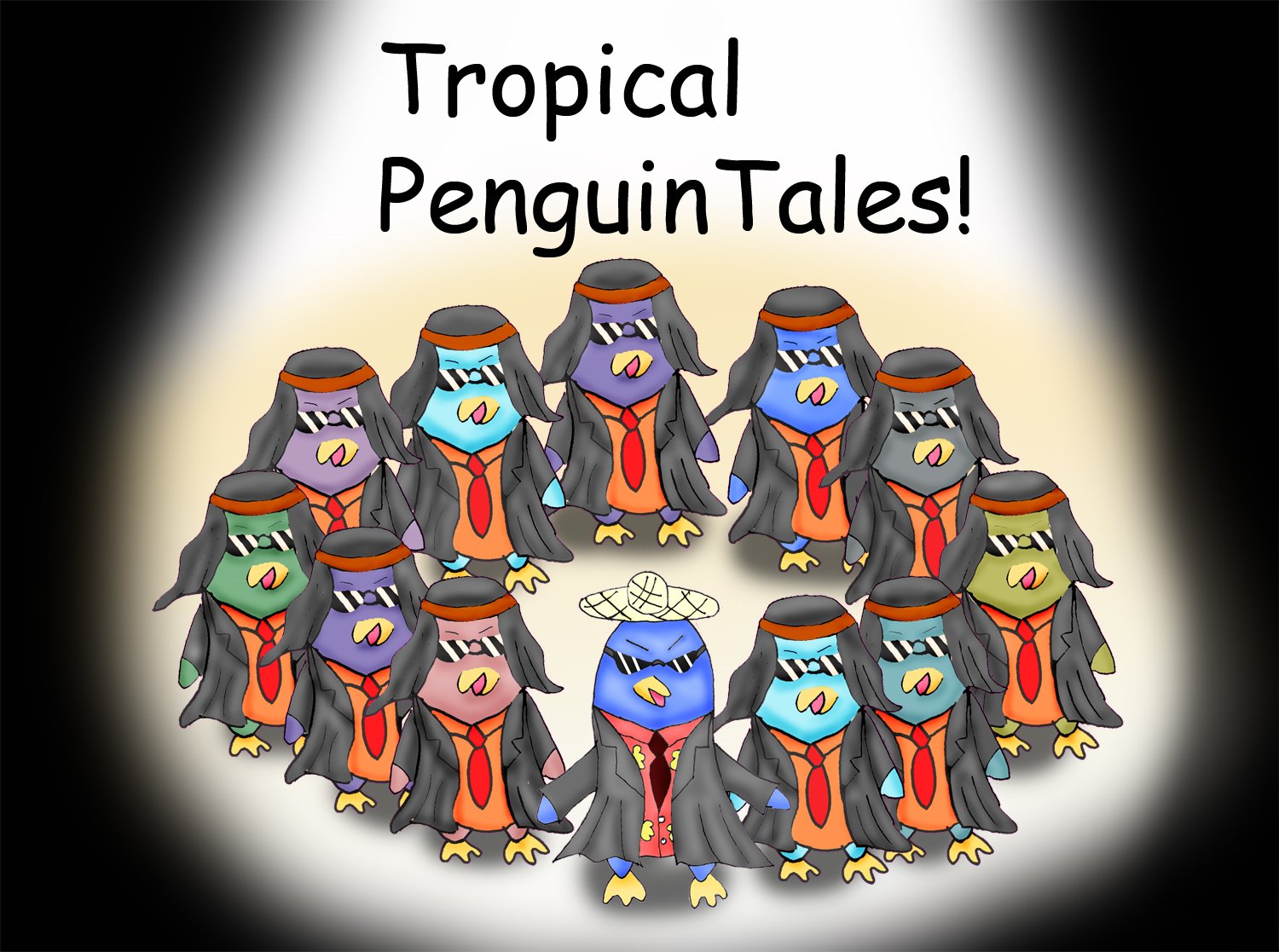I was with Edwin Lim last friday, trying to do a little exploration, and getting to know the little land that we live in better. I will attempt a little photo essay here. Hope this will flow well.
 Swan Lake
Swan Lake is an artificial lake located at the Singapore Botanical Gardens
in Singapore. Added to the gardens in 1866, the lake covers an area of about 15,000 m². The lake was closed for upgrading in 2003, and it was completed in April 2005 as part of the gardens' Tanglin Core Redevelopment. This statue, known as "Flight of Swans" was erected in 2006.

One of the mute swans residing the lake. A pair of mute swans was imported from Amsterdam

One of the 600,000 plant preserved specimens that you will see in the Singapore Botanical Gardens.

One of the many sculptures in the park, this one depicting a mother holding a child.

The Botanical Gardens is a hotspot for both tourist and locals alike.

A waterfall by the ginger gardens.

Couples often come to this green paradise to have their wedding photos taken, amist the lush green back drop.

Love is a veil of mystery. The same shot of the couple, taken through the waterfall.

A precious moment, frozen forever in time.

The Symphony lake, weekly free concerts are conducted here. A wonderful place for picnic goers.

A lotus bud peeking out of the waters of the symphony lake. The Singapore Botanical Gardens Houses 3 lakes, namely the swan lake, the symphony lake and the exo lake, all of which are man made.

A duck, one of the many residents on the symphony lake.

Another resident of the Symphony lake.

The Symphony Lake is a hot spot for photographers and models.

A photographer and her models reviewing their images.

Children enjoying themselves at the Palm Valley.

A family on a picnic outing. The palm valley is a popular spot for picnics and outings

A visitor taking a break in the palm valley.

A new attraction at the botanic garden is the 1.5-hectare (3.7 acre) ( Evolution Garden, located within the Central Core. The Evolution Garden tells the evolution story of plant life on Earth throughout the ages.

A photographer exploring a "volcano" in the Evolutionary Gardens.

Memories from a distant past. A replica of an extinct plant in the evolutionary gardens.

Tiny little tracks resembling dinosaur prints litter the paths of the gardens.

The eco lake, the third man made lake found in the Singapore Botanical Gardens.

A small shelter by the lake. It has a very dreamy landscape, resembling a painting.

Though far off from the main enterance, quite a substantial number of visitors could be seen here.

The gardens is also a hotspot for dog owners and retirees alike, taking advantage of the tranquil evening breeze.

The gardens is also a popular place for birding enthuist. Being located well withing the city limits, its a very accesible place for all park lovers.

A tiny winged resident living near the Eco Lake.

One of the Cygnus atratus living on the Eco Lake

A mother's love, a child's innocence.

Three girls looking at the terripines inhabiting in the pond.

A father taking a precious moment with his son.

Reflections of their past; An elderly couple taking a leisurely stroll by the lake.
That will be all for this Singapore Botanical Gardens write up. I will do a Bukit Timah nature reserves write up soon.





 The ferry that brought us to Kusu Island.
The ferry that brought us to Kusu Island.







 Two sentinels, standing guard over the island, all day, all night, all weather.
Two sentinels, standing guard over the island, all day, all night, all weather. A panorama of the island from the entrance.
A panorama of the island from the entrance. Panorama of the turtle pond.
Panorama of the turtle pond. The higher you fly, the more you shall see. An eagle, soaring majasticly over the Kusu Island.
The higher you fly, the more you shall see. An eagle, soaring majasticly over the Kusu Island.


























































